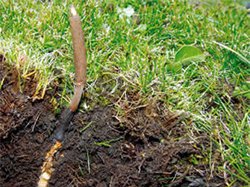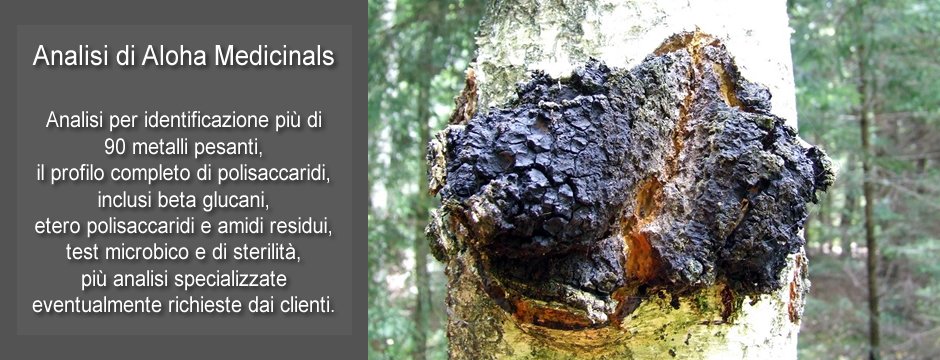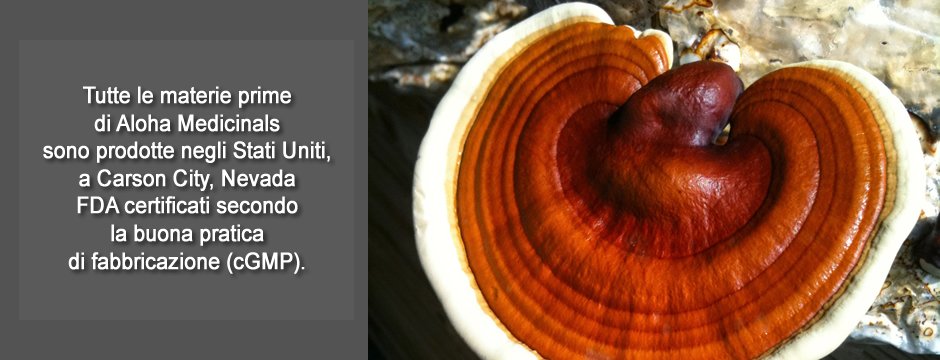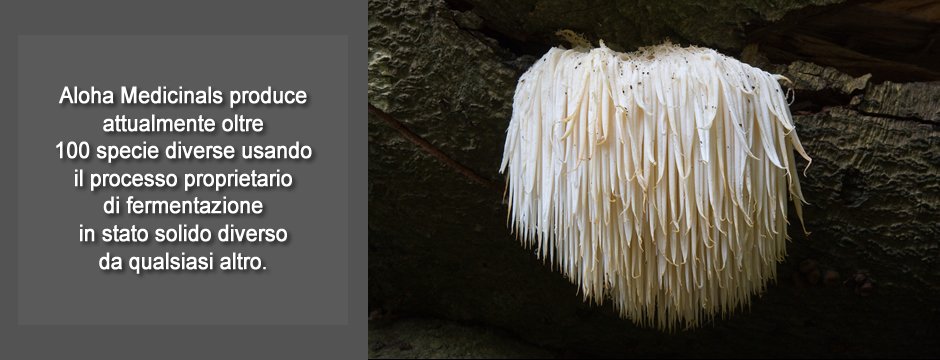Cordyceps Sinensis
Non abbiamo tradotto ma lasciato ogni pubblicazione scientifica sui funghi medicinale nella sua forma e lingua originale dal momento che tutte le informazioni provengono dal più rinomato, antico e più grande centro medico privato al mondo sul cancro, il Memorial Sloan Kettering Cancer Center, che si trova a New York, fondato nel 1884.
Scientific Name: Cordyceps sinensis,
Sphaeria sinensis
Common Name: Vegetable caterpillar, Chinese caterpillar fungus, dong chong xia cao, semitake, hsia ts’ao tung ch’ung, yarsha gumba

Bottom Line: Cordyceps has not been shown to treat or prevent cancer.
Cordyceps, used in traditional Chinese medicine, contains a fungus that grows on caterpillar larvae; both are contained in the product and both are consumed. Cordyceps has not been studied extensively in the laboratory, but existing studies show that cordyceps stimulates many different immune cells when directly applied to them in a test tube. It is not known if cordyceps stimulates the immune system in humans. Other experiments in animals suggest that cordyceps can stimulate progesterone production and reduce kidney toxicity from harsh medications, but scientists are not sure how cordyceps exerts these effects or if they will occur in humans.
- To lower high cholesterol
No scientific evidence supports this use. - To stimulate the immune system
Laboratory studies show that cordyceps stimulates several aspects of the immune system, but it is not known whether this effect occurs in the human body. - To treat kidney failure
A few studies show that cordyceps may help improve renal function.
- You have a myelogenous type cancer such as AML or CML (Cordyceps has been shown to increase proliferation of red blood cell precursor cells. These cells arise from the same lineage as the cells that cause myelogenous cancers).
- You take insulin or other blood-glucose lowering medications (Cordyceps may have an additive hypoglycemic effect; blood glucose should be monitored).
Cordyceps includes the fungus that grows on the larvae of
the caterpillar Hepialus armoricanus Oberthuer. Both are
contained in the product and both are consumed. Cordyceps
is used for a wide range of conditions including fatigue,
sexual dysfunction, coughs, and as an adaptogen or immune
stimulant. In vitro and animal studies show antitumor (10) (11) (14),
radioprotective (12),
and antidiabetic effects (15)
(16).
In addition, cordyceps enhances recovery of mice with
taxol-induced leukopenia (13)
and increases the cytotoxicity of in non-small
cell lung cancer cells (17).
In a recent study cordyceps was shown to improve renal
function in patients with chronic allograft nephropathy
(CAN) (18).
Although no known drug interactions exist, blood glucose
should be monitored in diabetics using cordyceps due to
possible hypoglycemic effects.
Animal studies showed proliferation of progenitor red
blood cells with cordyceps (8).
Therefore, it should not be used by those with myelogenous
type cancers.
Cordyceps also stimulated testosterone production in mice
(9).
Whether it exerts similar effects in humans is not known.
- Bronchitis
- Chronic obstructive pulmonary disorders
- Cough
- Fatigue
- Hepatitis
- High cholesterol
- Immunostimulation
- Sexual dysfunction
- Strength and stamina
- Protein: Amino acids
- Sterols: Ergosterol
- Polyamines: Spermine, spermidine, putrescine, 1,3-diaminopropane
- Fatty acids: Oleic, linoleic, palmitic, stearic acid
- Nucleosides: 3-deoxyadenosine (cordycepin)
- Saccharides: D-mannitol, galactomannin
Cordyceps stimulates the number of T helper cells, prolongs the survival of lymphocytes, enhances TNF-alpha and interleukin 1 production, and increases the activity of natural killer cells in cultured rat Kupffer cells (3). Enhanced proliferation of erythroid progenitor cell in the bone marrow of mice is also shown (8). One study suggests that cordyceps can stimulate progesterone production in animal cells (5). Another study shows that cordyceps may be effective against tumor celIs by down-regulating MHC class II antigen expression (7). In addition, anecdotal data suggest reduction of cyclosporin and aminoglycoside-induced renal toxicity, although the mechanism of action is not known (4).
None reported.
Hypoglycemics / Insulin: Cordyceps may have additive hypoglycemic effect (16) (17).











